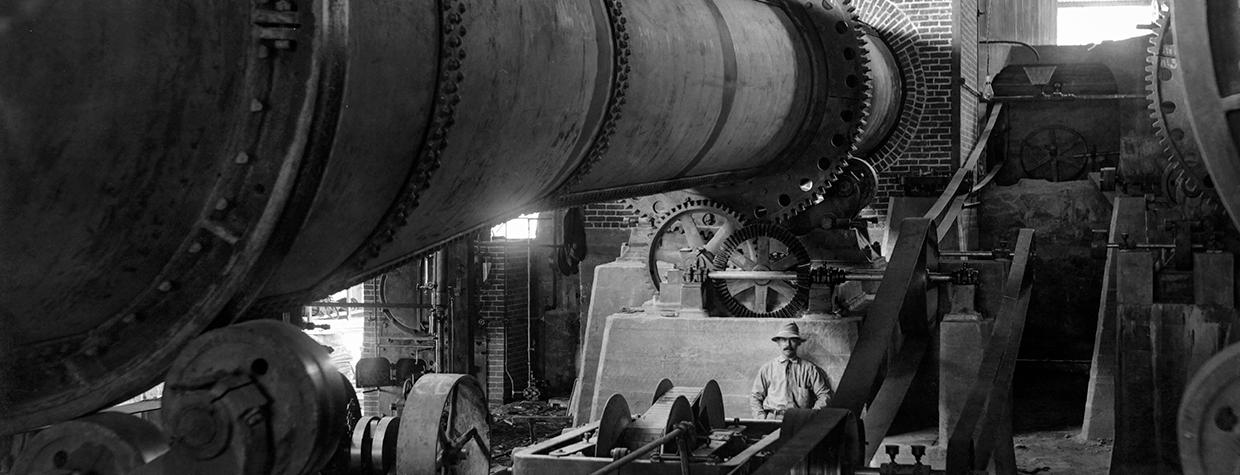Countless American photographers could be considered really famous — Ansel Adams, Edward Weston, Annie Leibowitz and Dorothea Lange are just a few of them. One lesser-known photographer, though, had a tremendous role in documenting the rapid expansion of the American West.
As Theodore Roosevelt Dam was under construction in Central Arizona between 1904 and 1911, the U.S. Reclamation Service (now the U.S. Bureau of Reclamation) hired Walter J. Lubken to document the process. The result was a massive collection of photographs, more than 2,000 of which are now available to the public thanks to a partnership between the Arizona Memory Project and Salt River Project.
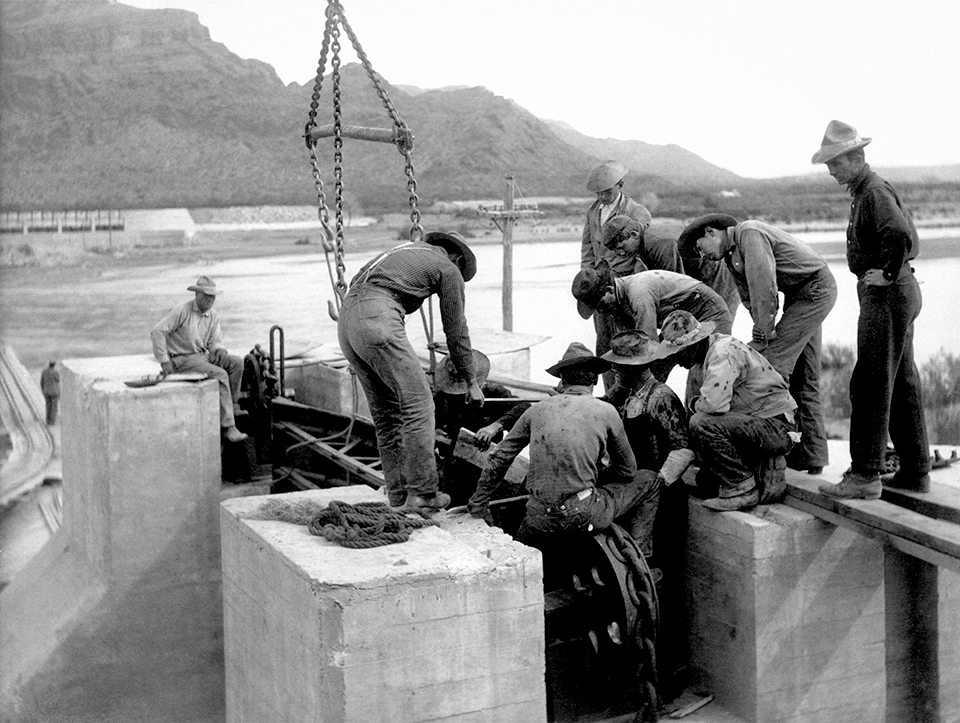
Although little is known about Lubken’s early life, former Arizona Historical Society archivist David Tackenberg did publish some biographical information about the photographer in a 2009 edition of The Journal of Arizona History.
“We know that he was born on August 14, 1881, in New York City to George and Helena Lubken,” Tackenberg writes. “His father was a baker and confectioner, and his mother was a German immigrant.”
By 1904, Lubken was working full time as a photographer, although it’s unclear how he got his start. One reference, in a book titled Biographies of Western Photographers, mentions that he was a partner in a studio in Pendleton, Oregon, with Theodore Danner from 1903 to 1905.
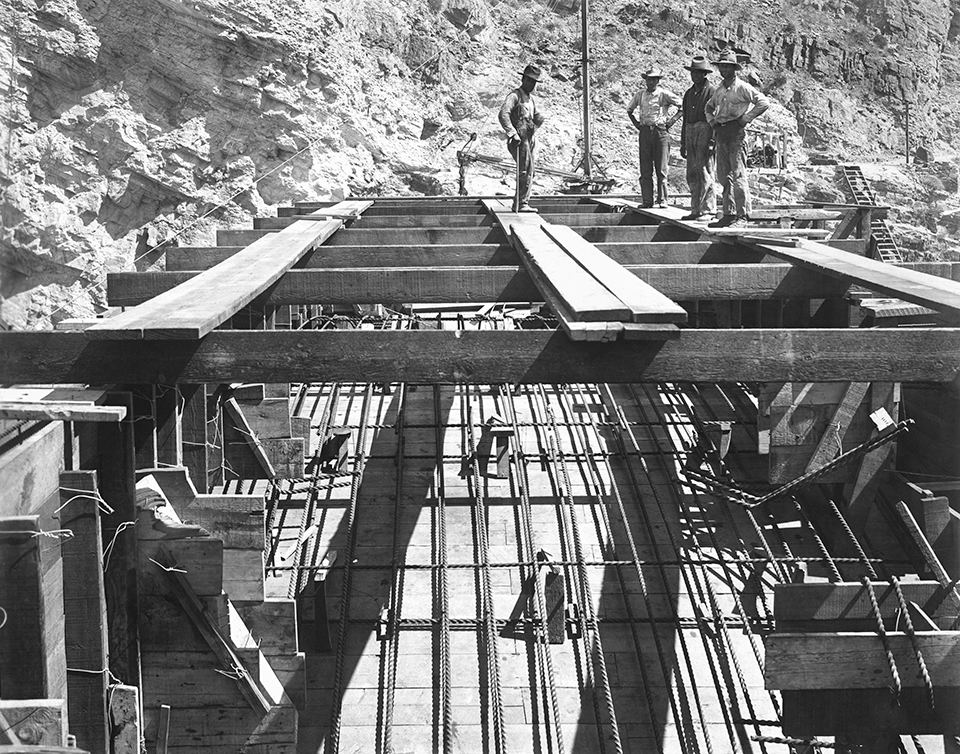
“He took his first photographs [of the Theodore Roosevelt Dam project], in and around Livingston on the sawmill road, on January 1, 1904,” Tackenberg writes. “For the remainder of the year, he recorded the commencement of construction activity, road crews and Apache laborers.”
Lubken worked year-round at the dam site in 1906 and 1907 but otherwise photographed there seasonally, Tackenberg notes.
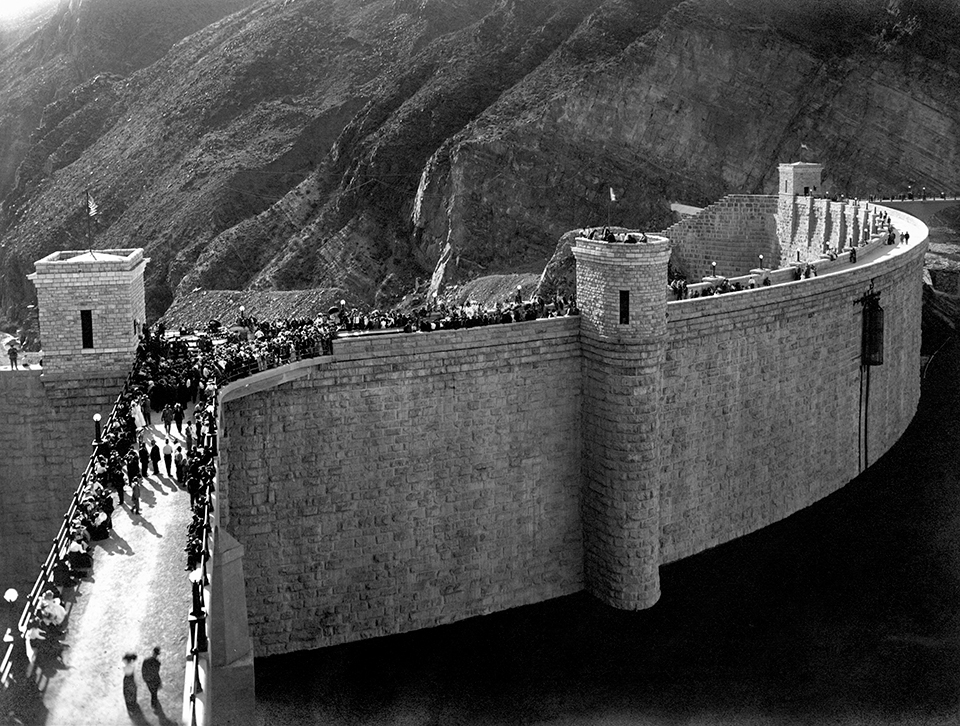
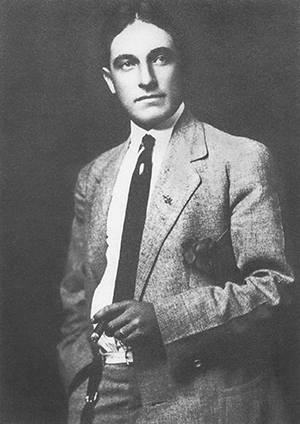
“In 1908, Lubken settled into his routine of photographing at the Roosevelt site from January to May,” he writes. “For the next three years, he chronicled the rise of the granite block wall that would become the dam, as well as the numerous floods that delayed work on the project, until the last block was lowered onto the structure on February 5, 1911. Many of these images, especially Theodore Roosevelt delivering his dedication-day remarks on March 18, 1911, and photographs of mule-drawn heavy freight wagons negotiating Fish Creek Hill on the Apache Trail, have appeared in books, articles and publicity pamphlets. Other, less well-known photographs were used by Lubken and others as postcards, calendars and brochures.”
In all, Lubken worked for the Reclamation Service for 14 years and produced thousands of images of 23 of the service’s 25 projects across 17 states, as well as portraits of the Indigenous people who worked on some of the projects and lived nearby.
Lubken was working as a clothing salesman by 1929, and although he applied to shoot the new federal project at Boulder Dam (now Hoover Dam) in 1930, his former agency rejected him. Instead, he went to work for some of the construction companies that built the dam. He died in Boise, Idaho, in 1960.
Despite having lived in relative obscurity, Lubken, along with his work, is now receiving the recognition he deserves more than a century later.
For more information about Walter J. Lubken, and to browse more of his photographs of projects in the Salt River Valley, visit the Arizona Memory Project at azmemory.azlibrary.gov.

